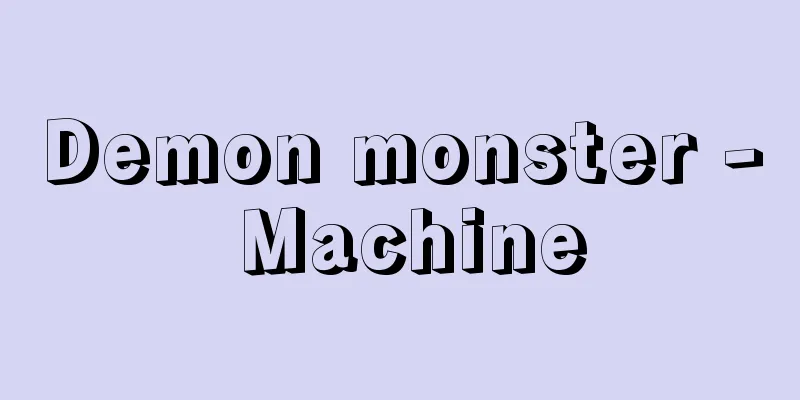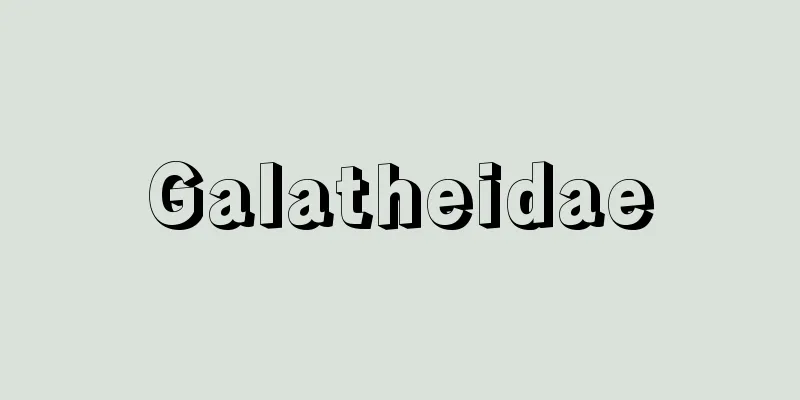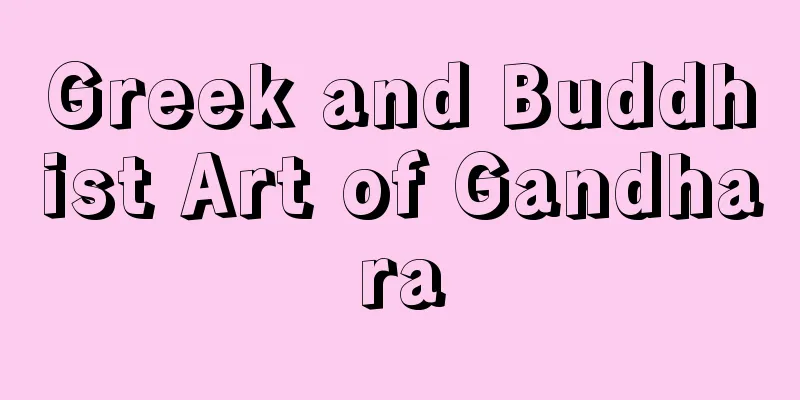pi bond - pi bond

|
In double and triple bonds of diatomic molecules (such as N 2 , O 2 , and NO) and linear molecules (such as acetylene), electrons are arranged in orbitals whose angular momentum components in the direction of the bond axis are 0, 1, 2, ... These orbitals are called σ, π, and δ orbitals, respectively (0, 1, 2), but orbitals with angular momentum components of 1 or more are degenerate, and in the case of π orbitals, there are π + and π - orbitals. When electrons enter these orbitals and contribute to the bond, the bond is called a π bond. In general, π bonds have a weaker bond strength than the corresponding σ bond. In double bonds of planar molecules (such as ethene and benzene), sp 2 hybridization results in the σ orbitals and π x orbitals that correspond to their linear combination instead of π + and π - . In this case, the angular momentum component of the electrons in the direction of the bond axis is 0, but energetically, the π x orbitals are less stable than the σ orbitals, just like the π ± orbitals in linear molecules. Electrons are arranged in these orbitals to form σ and π bonds. In this case, the cross section of the π electron cloud takes a bell-shaped distribution above and below the plane containing the bond axis. This means that the bond axis cannot rotate freely. This is the cause of geometric isomerism such as cis-trans isomerism. Many of the chemical properties of molecules with π bonds are determined by π electrons. For example, compounds with π electrons are generally highly reactive, and are prone to addition reactions at the π bond. In this sense, compounds containing π bonds are called unsaturated compounds. A triple bond has two π bonds in addition to one σ bond. For example, the C≡C triple bond of acetylene is an additional π bond to the C=C double bond of ethene, as shown in the figure. In addition, in ring compounds such as benzene, the π bond is not limited to between two atoms, but rather the π orbitals spread throughout the ring due to resonance, forming one large π bond. [See alternative term] Conjugated double bond Source: Morikita Publishing "Chemical Dictionary (2nd Edition)" Information about the Chemical Dictionary 2nd Edition |
|
二原子分子(N2,O2,NOなど)や直線分子(アセチレンなど)の二重結合や三重結合では,結合軸の方向の角運動量成分が0,1,2,…であるような軌道に電子が配置される.これらの軌道を0,1,2の順にσ,π,δ軌道とよぶが,角運動量成分が1以上の軌道は縮退していて,π軌道の場合,π+ 軌道と π- 軌道が存在する.これらの軌道に電子が入って結合に寄与するとき,この結合をπ結合という.一般に,π結合は対応するσ結合より結合力は弱い.平面分子(エテン,ベンゼンなど)の二重結合では,sp2混成の結果,σ軌道とともに π+ や π- のかわりにそれらの線形結合に相当する πx 軌道が生じる.この場合,電子の結合軸方向の角運動量成分は0になるが,エネルギー的には直線分子の π± 軌道と同様に,πx 軌道はσ軌道より不安定である.これらの軌道に電子が配置されてσ結合およびπ結合が形成される.この場合のπ電子雲の断面は,結合軸を含む平面の上下に唖(あ)鈴型に分布した形をとる.そのために結合軸の回転は自由にできない.これがシス-トランス異性などの幾何異性の現象を生じる原因になる.π結合を有する分子の化学的性質の多くはπ電子によって決定される.たとえば,π電子を有する化合物は一般に反応性が高く,π結合の部分で付加反応を起こしやすい.この意味で,π結合を含む化合物は不飽和化合物とよばれる.なお,三重結合は1個のσ結合のほかに2個のπ結合をもっている.たとえば,アセチレンのC≡C三重結合は,図のようにエテンのC=C二重結合にもう1個のπ結合が追加されている.また,ベンゼンのような環化合物ではπ結合は2原子間にとどまらず,共鳴によってπ軌道が環全体に広がり,一つの大きなπ結合をつくる.[別用語参照]共役二重結合 出典 森北出版「化学辞典(第2版)」化学辞典 第2版について 情報 |
Recommend
Pandalus kessleri (English name) - Pandalus kessleri
A decapod crustacean of the Palaemonidae family (i...
Nobuteru Ikeda
⇒ Ikeda Tsuneoki Source: Kodansha Digital Japanese...
Kunio Yanagita - Yanagita Kunio
Founder of Japanese folklore studies. Born in Hyog...
Orochi - Orochi
...Following the big success of this work, Makino...
Eisenstein's theorem
...In addition, x 2 +1 is irreducible as a polyno...
Akiyuri Island
A small island in the Habomai Islands, east of the...
Syllogism - Sandanronpo
A logical inference that derives a conclusion fro...
Lower song - Sageuta
It is one of the names of musical components of He...
United Kingdom of Aragon - Aragon
The Kingdom of Aragon in the medieval Iberian Peni...
Reggio di Calabria (English spelling)
The capital of the province of Calabria in souther...
Material point; material particle
A point-like object with mass. It is a hypothetica...
Venetian blind
...The apartments of Louis XV at the Palace of Ve...
Sievers, E.
...In other words, it is divided into three field...
The Treaty of Carias
A peace treaty concluded between Persia and Athen...
Sheath-tailed bat (English spelling)
A general term for mammals of the family Emballonu...

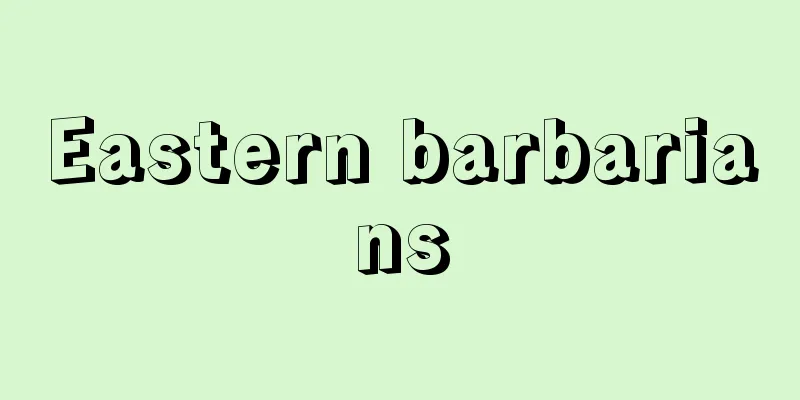
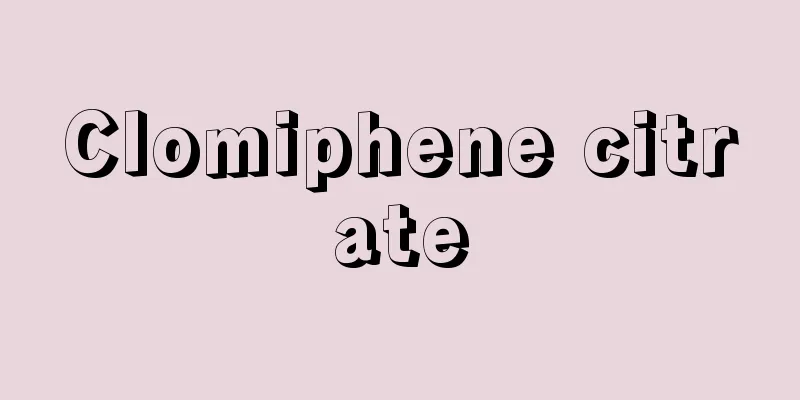

![Colima [Mountain] - Colima](/upload/images/67cb9d7637fea.webp)
